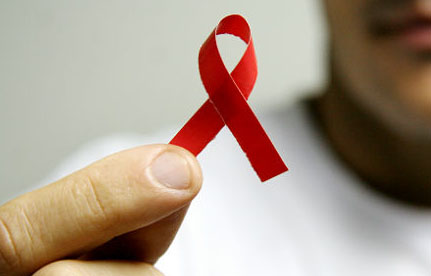Anyone who had attended the world HIV congress would have been as euphoric and optimistic as I was. CROI (Conference on Retroviruses and Opportunistic Infections) is the meeting of doctors, scientists, researchers and the community living with HIV from around the world, which takes place annually in the United States, with the aim of joining forces to overcome the HIV epidemic, trying to improve the lives of those already living with the virus and looking for ways to reduce the number of new infections. During this entire last week, the scientific world of infectology stopped to teach and learn what is new coming into the field in the world of HIV. And, believe me, there are a lot of new and good things coming. Here are some of the things that were discussed here: For those already living with HIV, therapeutic options continue to multiply, both in new antiretroviral drugs, which are increasingly effective against the virus and have an excellent side effect profile, such as This is the case with the new bictegravir or doravirine; as well as new forms of drug administration, such as the brand new and powerful antiretroviral GS-CA1, which can be administered subcutaneously once every month or perhaps even at longer intervals. Added to this, it is now understood that, with more potent drugs against the virus, we will be able to set up treatment schemes with fewer and fewer associated medications, greatly improving the lives of those who use them, without losing security in controlling the evolution of the disease. . From a technical point of view, it is increasingly easier to live with HIV and be healthy. For those who do not have HIV, the certainty is growing that the best way to stay free from the virus is to combine prevention strategies instead of betting that one alone will do the job. We call this association Combined Prevention. A person who in their life uses condoms in risky relationships as much as possible, and has the safety guaranteed by post and pre sexual exposure prophylaxis (PEP and PrEP) at times when the condom is being left aside, will pass for this world certainly without HIV. And associated with this, the certainty that people who are already living with the virus, when they are on adequate antiretroviral treatment with an undetectable viral load, no longer transmit the disease (treatment as prevention), further enhances the possibilities of reducing new cases. of HIV infection. An example of massive implementation of the combined HIV prevention strategy is the EtE: Ending the Epidemic program in New York City, United States, presented at CROI 2017 by its director Dr. Demetre Dascalakis. EtE aims to finance and facilitate access to HIV testing, condoms, PEP and PrEP for the gay population and other vulnerable groups, and guarantee treatment for those already positive, with the aim of controlling the HIV epidemic in the city by the year 2020. Another hot topic was the use of neutralizing antibodies for HIV, which are in the early stages of research but are very promising both for treatment with viral load detection without the use of antiretrovirals, and for prevention with PrEP, and even reaching the possibility of a path to curing the disease. From a technical point of view, it is increasingly easier to protect yourself from HIV. However, the presentation that caught the most attention was that of the Frenchman Dr. Jean-Michel Molina, who presented a clinical trial by the Ipegay group that showed that the use of an antibiotic up to 3 days after risky sexual intercourse significantly reduced the incidence of syphilis and chlamydia infections among gay men in France and Canada. More information is still needed to confirm that the measure will be effective on a lasting basis and the impact that this would have on bacterial resistance to antibiotics, but the good news is that the possibility of having a PEP for syphilis in brief. And to top it all off, I met the notable patient from Berlin, Timothy Brown, having dinner in a restaurant, the only man cured of HIV to date. Smiling and relaxed, living his life with health and hope. This week it was exciting to see that researchers from around the world are committed to finding solutions to health problems that disproportionately affect the gay population, such as HIV and syphilis. The technical part of this story continues to improve, but it is up to each of us to do our part and always be up to date with the combined prevention, testing and treatment of HIV and other STIs (sexually transmitted infections) that may appear.



